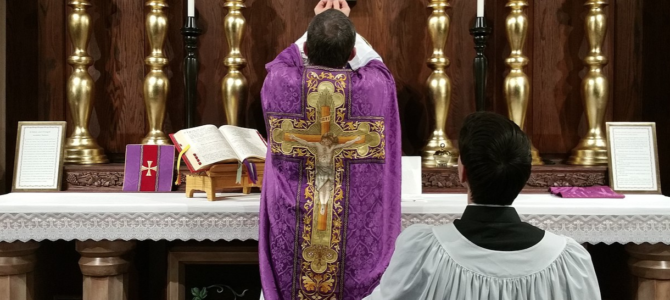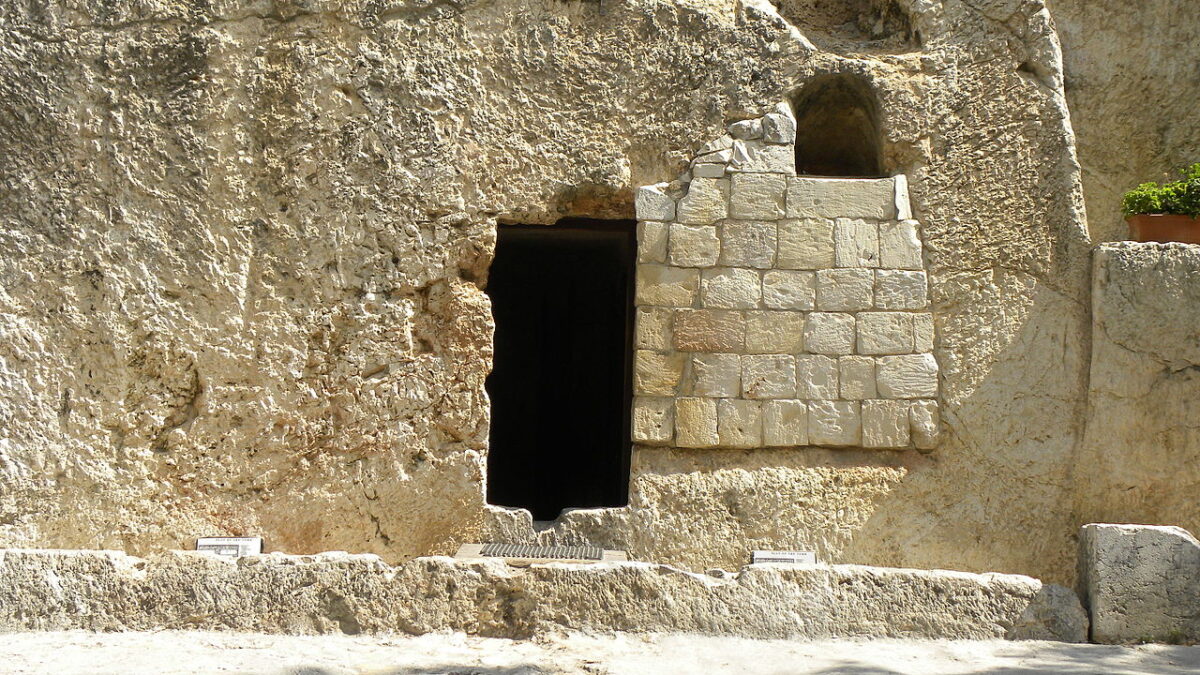
In light of the scandals and general mediocrity of the Catholic Church, many are now joining Traditional Latin Mass (TLM) parishes, which celebrate the Tridentine Mass and do away with the innovations of Vatican II. These parishes offer a refuge from the bad music, the bland homilies, the overdramatic lectors, the frequent departure from church teachings, and the lax discipline of priests and laity alike.
In its place, parishioners have chant and polyphony, challenging sermons, altar rails and altar boys (no altar girls, adult altar servers, or Eucharistic ministers), and a much more serious atmosphere. TLM parishes also have a younger, fruitful congregation. Large families are common, and the children pray alongside their siblings and elders.
For these reasons, TLM parishes continue to appeal to today’s Catholics and draw the ire of progressive Catholic leaders. As with any organization, however, with the growth of TLM communities, there have been some growing pains. In the years to come, it will be key to address these concerns so the Tridentine Mass can continue to grow, not only in popularity but also in legitimacy.
Breaking Away From Both the Vatican and the World
In a recent sermon, the popular traditionalist priest Fr. Chad Ripperger sums up these concerns: (1) Traditional Catholics are often seen as uncharitable and elitist, and (2) apparently, more than a few of them struggle with pornography. Most traditional lay Catholics can hardly speak on the second problem, but they can attest to the first one. TLM parishes can sometimes become unwelcoming places that feel more like strange cults than normal Catholic communities. Their members are quick to condemn heresy, scandal, and depravity, but some criticize that they can be slow to offer help or attention to those in need.
It is important to note that this problem does not stem from the Tridentine Mass itself, but the Tridentine Mass tends to attract this particular group of people in larger numbers. While the majority of people join a TLM parish for the sake of belief — belief in the sacraments, apostolic succession, and other church teachings — a large minority join also for what can be described as make believe, to experience a nostalgic fantasy that exists apart from reality.
This minority accounts for the “gnostic problem” Ripperger mentions. They are the ones who sneer at Novos Ordo (a.k.a. mainstream) Catholics, condemn Catholic parents who have fewer than five children and choose not to homeschool them, and lose their cool over women not veiling and wearing skirts. They will passive-aggressively harass priests who show too much compassion to slackers and fail to adequately enforce dress standards, which prompts bizarre sermons about gossiping and sending anonymous notes. To top it off, some will loudly air their grievances on social media.
All this usually springs from a bunker mentality resulting from decades of condemnation. As Taylor Marshall writes in his latest book “Infiltration,” the church had taken an antagonistic stance toward the Tridentine Mass ever since the changes of Vatican II. All of sudden, the liturgy that Catholics knew and loved was practically banned. This ban lasted until Pope Benedict XVI officially lifted it in 2007 with the letter “Summorum Pontificum.”
For this reason, traditional Catholics tend to distrust the Vatican along with the secular world. While most will not explicitly break with church authority, many will distance themselves from Novus Ordo Catholics, Protestants, and everyone else. Hence, their preferred form of evangelization is having large families and sheltering them as much as possible, just as their parents did after Vatican II.
The Importance of a Reality Check
This stance often makes some traditional Catholics weird, for lack of a better word. In their minds, countless Freemasons lurk in the shadows, the South really will rise again, monarchy is the ideal form of government, all music after 1700 is sinful, and the “Lord of the Rings” trilogy is the greatest work of literature after the Bible.
They believe the mainstream church is a disgrace, and everything outside the church is an apocalyptic wasteland. In response, they hope to create isolated, self-sustaining communities to buffet the tides of immorality and impiety surrounding them.
The more normal traditional Catholics at these parishes often go to great lengths to contain the nuttiness. Depending on the parish and the priests running it, they may succeed, or else they may find themselves falling into the same patterns. Without occasional outside contact, there is no reality check.
Again, the Tridentine Mass itself is not to blame for this. If anything, theologically liberal Catholics created this problem by stigmatizing and marginalizing their traditional brethren for so long. They turned something beautiful and empowering into something strange and embarrassing. Traditional Catholics were banished from polite company. Now many of them have become comfortable as permanent outsiders.
An Opportunity for the Traditional Latin Mass Community
This is a serious problem. Such elitism and anti-social behavior currently limits the appeal and efficacy of traditional Catholicism. More importantly, as Ripperger states, it also jeopardizes people’s salvation. Christ calls on his disciples to preach the gospel, love their neighbors, and humble themselves. He does not ask them to protect the gospel from people with bad taste, to look down on more liberal neighbors, and to privately take pride in their liturgical and aesthetic superiority.
It therefore falls on the members and leaders of TLM parishes to deal with this situation. Priests should prioritize sharing the gospel with others in their sermons. Pastors and church committees should consider programs and policies to ensure a proper welcome for new visitors. Parishioners should make a point of knowing one another, especially if they are involved in other things happening at the church. Everyone’s goal should be to keep the tradition, be joyful, and flush out the insecurities.
After all, traditional Catholicism is better able to facilitate local community and real charity. It replaces the superficial salesmanship and virtue signaling of modern proselytizing with authentic devotion and common sense. Welcoming others and being normal does not necessarily mean compromising one’s traditions or liturgical standards. Evangelization and orthodoxy are perfectly compatible.
The recovery of tradition has been a great boon to modern Catholics. It is the church’s greatest advantage in a society increasingly detached from its heritage and sound spiritual teachings. As Pope Francis and the others continue to ignore problems and alienate more and more people, there needs to be a viable alternative in the church. The Traditional Latin Mass community has a bright future, but it needs to confront its failings so it can finally save a church in crisis.









